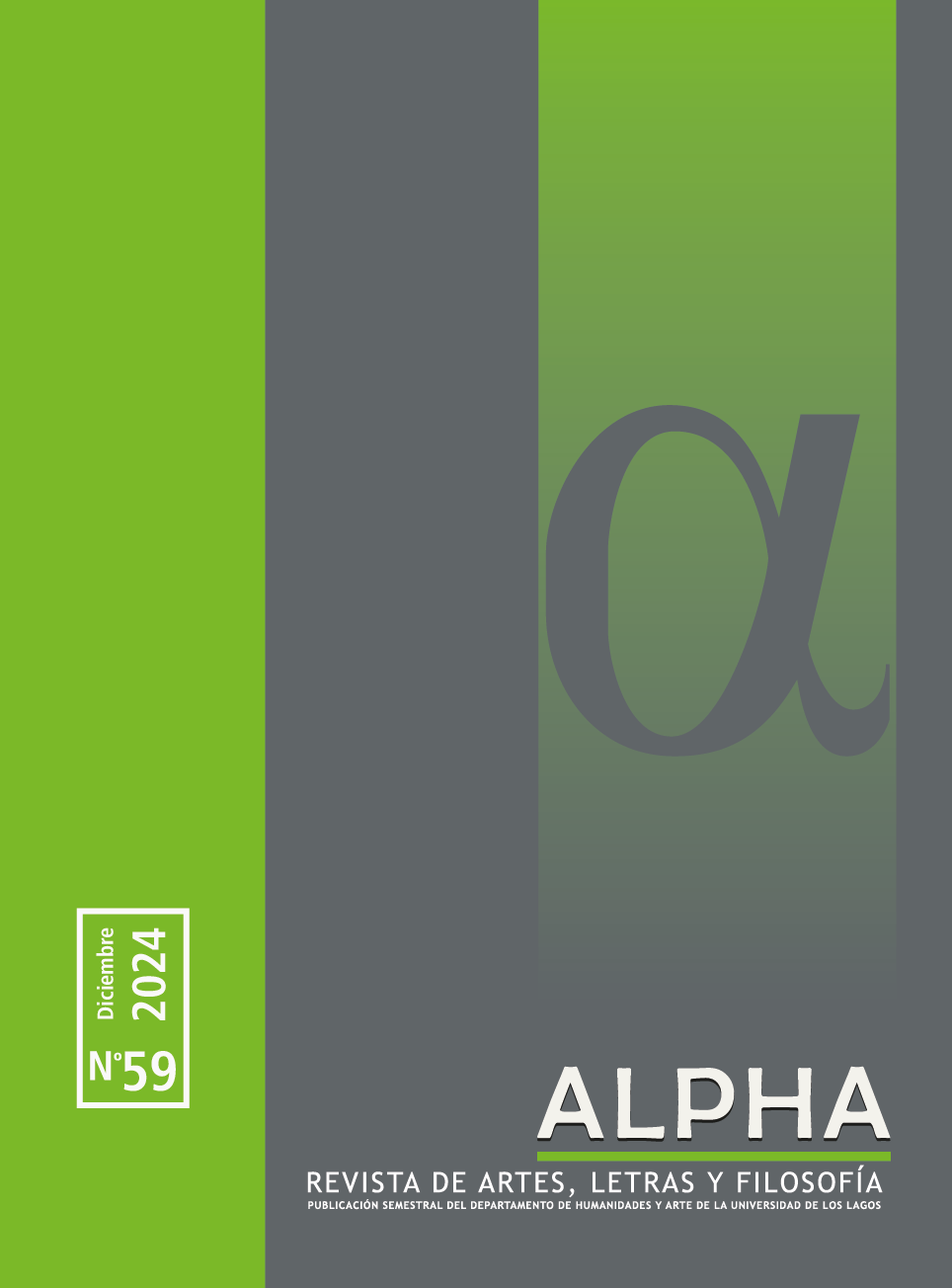Sense and significance in the contemporary choreographic art: an aproximation to the compositional work of William Forsythe from the thought of Jacques Derrrida
Main Article Content
Abstract
The interest of this report resides in the communicative power of dance and in its capacity of been understood as a scenic and theatrical language, focusing both dance and choreograpy as possible independent languages able to generate sense, meaning and, or significance, questioning the possibility of being understood as a rhetoric display where the formal configuration takes the leading role in the scenic composition without giving up its communicative capacity; affair that wants to analyze the choreographic creation processes and dancistics from it interaction with the aesthetic theory and literature. To develop the present analysis we have chosen the aesthetic thought of Jacques Derrida, about whom we shall create the pertinent line of argument linking it to the compositive way of action of the american choreographer William Forsythe.
Article Details
Downloads

This work is licensed under a Creative Commons Attribution-NonCommercial 4.0 International License.
